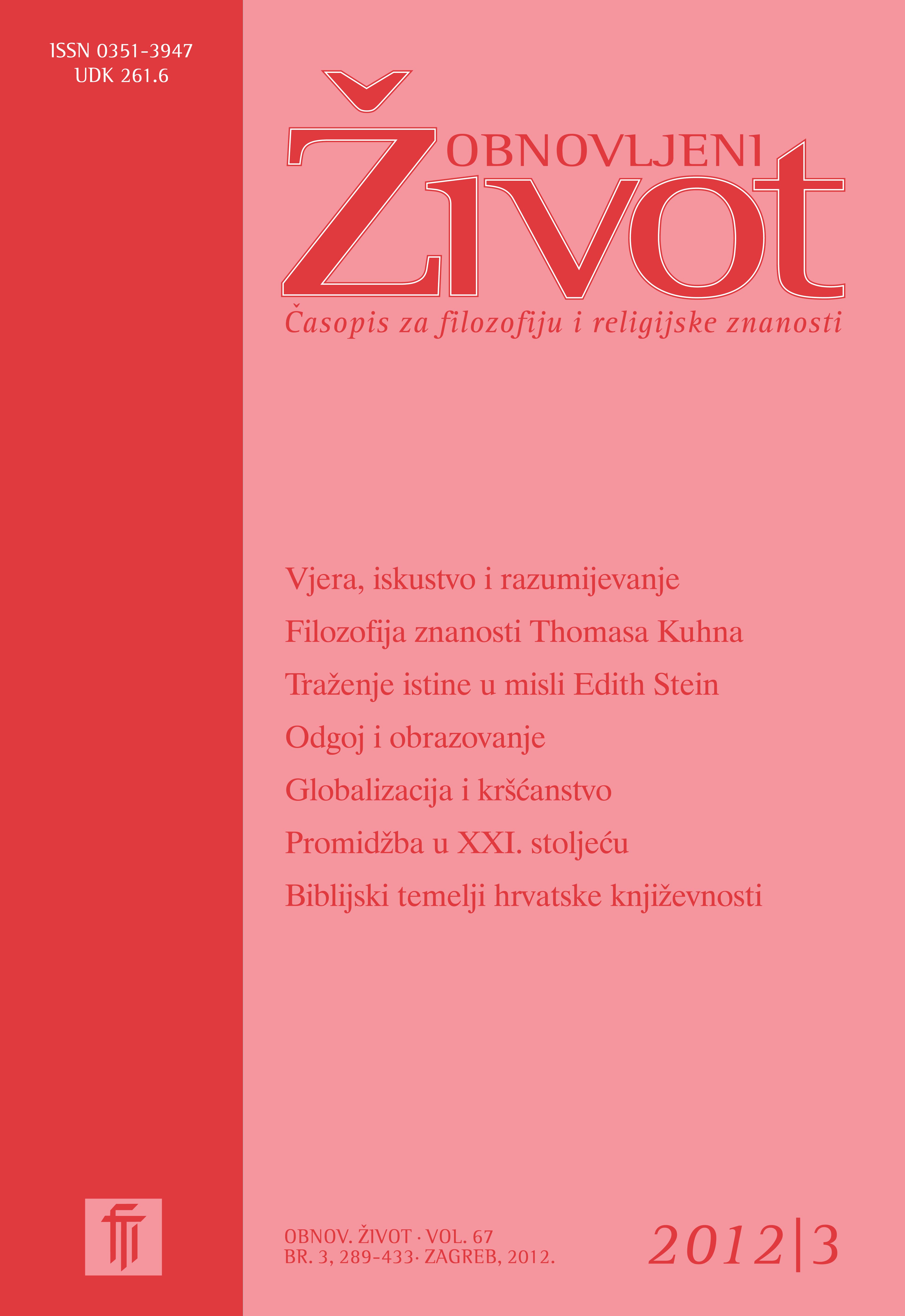The Parish amidst the Changing Tides of the 19th and 20th Centuries
Keywords:
the parish in the age of Modernism, Catholic societies, workers' pastoral, pastoral care in cities, the parish of the Second Vatican Council, post-conciliar parishAbstract
This essay discusses the parish situation during the 19th and 20th centuries. With the dawn of the contemporary age there occurred a great transformation in the development of society and the Church. The late 18th century was marked by the French Revolution (1789) and the beginning of the 19th century by significant social and ideological processes (awakening of nations, Communism, Liberalism) by means of which secularization was begun. With the development of industry and expansion of large cities the proletariate began to grow. The Church called attention to the workers' plight in the late19th century, but especially at the start of the 20th century. Heinrich Swoboda, the eminent Viennese pastoral theologian, made a major contribution to the field of pastoral care, and already in 1909 he put forth some basic requirements for pastoral care in large urban environments of his time. The remarkable Codex Iuris Canonici (CIC) was issued in 1917, however from a pastoral point of view it provided nothing significantly new. True novelties in regard to the parish and the pastoral approach were introduced by the Second Vatican Council, the pastoral council. The parish is now primarily a community of faithful, especially so if they have gathered in Christ's name. Territorial issues and all else is of lesser importance and loses significance. Vatican II found its legal expression in the new CIC of 1983. This, however, was not the end of the adaptation of the Church and parish structures to modern times and space, but rather, aggiornamento«, if it is to carry any weight, must always and permanently be applied in adapting to new situations and challenges which life continually puts before the Church.
Downloads
Published
Issue
Section
License
Jednom prihvaćeni članak obvezuje autora da ga ne smije objaviti drugdje bez dozvole uredništva, a i tada samo uz bilješku da je objavljen prvi put u Obnovljenom životu. Uredništvo će obavijestiti autora o prihvaćanju ili neprihvaćanju članka za objavljivanje.
Članci objavljeni u časopisu se, uz prikladno navođenje izvora, smiju besplatno koristiti u obrazovne i druge nekomercijalne svrhe.


